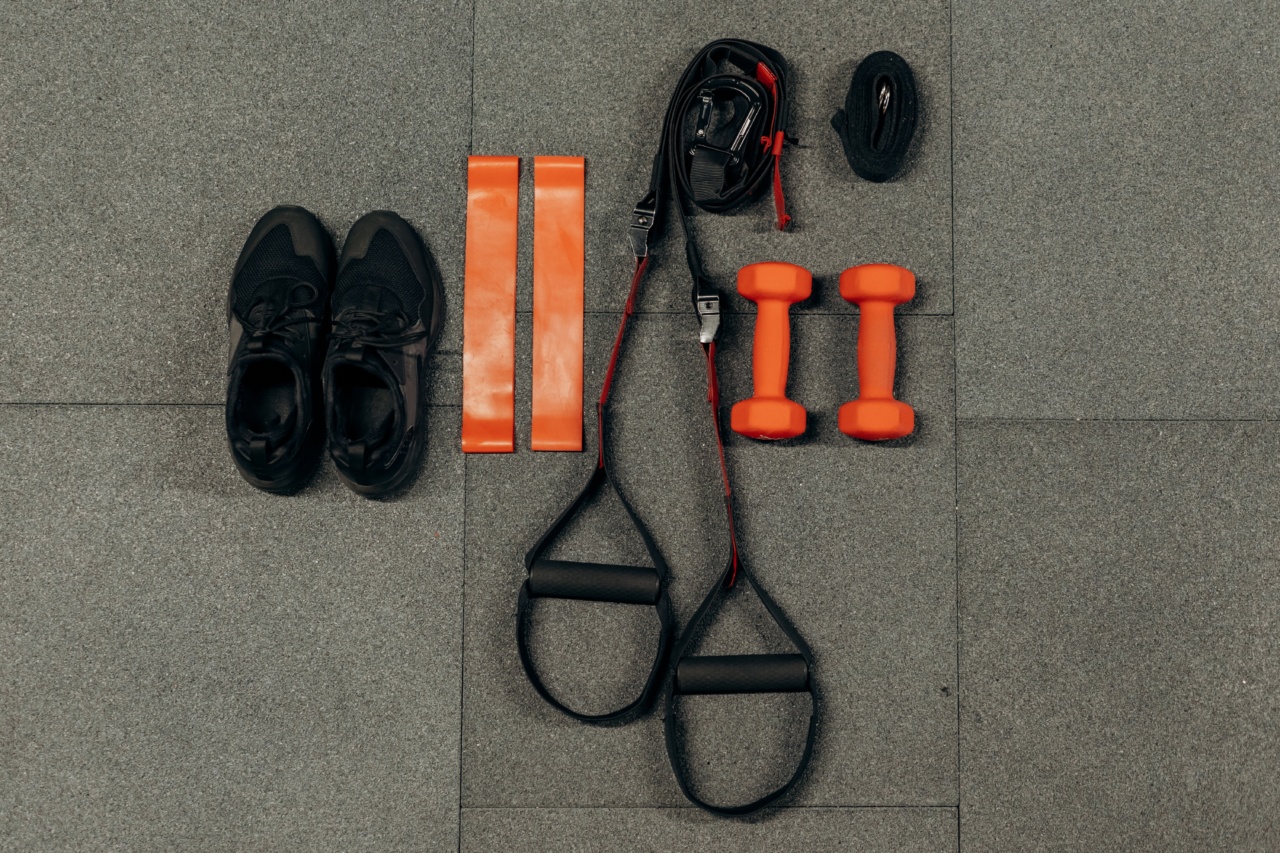Insulin resistance is a condition that affects many individuals across the world and is characterized by the inability of the cells in the body to respond to insulin.
Insulin is a hormone that is produced by the pancreas and plays a crucial role in metabolism. It helps to regulate blood sugar levels and ensures that the cells in the body receive the energy they need to function correctly.
Insulin resistance can lead to serious health problems such as type 2 diabetes, cardiovascular disease, and obesity. It is a condition that can be managed with regular physical activity and exercise.
In this article, we will discuss the best exercise for insulin resistance and how physical activity can help to improve health outcomes.
What is Insulin Resistance?
Insulin resistance occurs when the body’s cells become resistant to the effects of insulin. When this happens, the pancreas produces more and more insulin to keep the blood sugar levels under control.
Over time, the cells become more resistant, and the pancreas can no longer produce enough insulin to keep up with demand. This is when blood sugar levels start to rise, and individuals may experience symptoms such as fatigue, increased thirst, and frequent urination.
Insulin resistance is closely linked to other health conditions such as obesity, metabolic syndrome, and type 2 diabetes. It is estimated that up to 50% of individuals with type 2 diabetes have some degree of insulin resistance.
How does Exercise Help with Insulin Resistance?
Exercise is one of the most effective ways to manage insulin resistance and improve overall health. When we exercise, our muscles use glucose for energy. This helps to lower blood sugar levels and reduces the demand on the pancreas to produce insulin.
Exercise also helps to improve insulin sensitivity, making it easier for the body to respond to insulin.
Regular exercise has also been shown to have other benefits for individuals with insulin resistance. It can help to improve cardiovascular health, reduce inflammation, and promote weight loss.
The Best Exercises for Insulin Resistance
While any form of exercise is beneficial for insulin resistance, some workouts are more effective than others. The best exercises for insulin resistance are those that combine cardio and resistance training.
These types of workouts help to improve insulin sensitivity and promote weight loss. Here are some of the best exercises for insulin resistance:.
1. High-Intensity Interval Training (HIIT)
HIIT is a form of cardio that involves short bursts of intense activity followed by periods of rest. It has been shown to be one of the most effective workouts for improving insulin sensitivity and promoting weight loss.
HIIT workouts can be done in a short amount of time, making them easy to fit into a busy schedule.
2. Resistance Training
Resistance training involves using weights or resistance bands to challenge the muscles. It is an effective way to build lean muscle mass, which can help to improve insulin sensitivity.
Resistance training also helps to increase the number of calories burned during exercise, making it an excellent choice for weight loss.
3. Swimming
Swimming is a low-impact form of cardio that is ideal for individuals with joint pain or mobility issues. It is also an excellent choice for individuals with insulin resistance as it helps to improve cardiovascular health and promotes weight loss.
4. Yoga
Yoga is a calming form of exercise that helps to reduce stress and improve flexibility. It also helps to improve insulin sensitivity and promotes weight loss.
Yoga is an excellent choice for individuals with insulin resistance who may also be dealing with high levels of stress.
Tips for Starting an Exercise Routine
Starting an exercise routine can be daunting, especially for individuals with insulin resistance. Here are some tips to help get started:.
1. Start Slowly
It is essential to start slowly and gradually increase the intensity and duration of exercise. This helps to avoid injury and prevent burnout.
2. Incorporate Different Types of Exercise
Incorporating a variety of exercises can help to keep workouts interesting and challenging. It also helps to target different muscles and promote overall fitness.
3. Listen to Your Body
It is crucial to listen to your body and avoid pushing yourself too hard. If you experience pain or discomfort, take a break and rest. It is also essential to stay hydrated and fuel your body with nutritious foods.
Conclusion
In conclusion, physical activity is one of the most effective ways to manage insulin resistance and promote overall health.
Choosing the right type of exercise, such as HIIT, resistance training, swimming, or yoga, can help to improve insulin sensitivity, promote weight loss, and reduce the risk of developing type 2 diabetes and other health conditions. By starting slowly, incorporating different types of exercise, and listening to your body, you can create a sustainable workout routine that will help you live a healthier life.



























